Google Home complete guide: what to think about when creating a Google setup
The most barebones Google Home setup has two parts, the Google Home app and a Nest Mini speaker
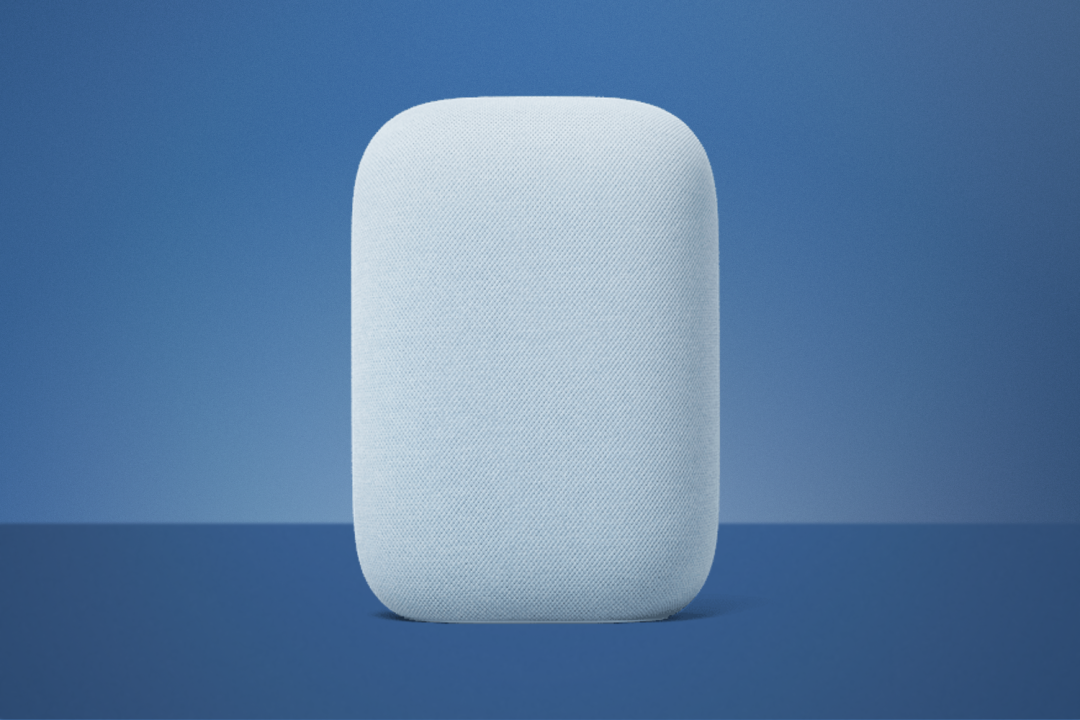
Google Home is an app you download to control all your smart home gear, particularly Google’s own smart speakers and displays. It’s also the name of the platform it connects to behind the scenes.
You can think of it as the smart home side of Google Assistant, the virtual butler you use to translate menus on holiday and to find out what song is playing at the pub.
Google Home is not, however, the name of Google’s smart speakers. Not anymore. All the Google Home speakers and displays were rebranded Google “Nest” products back in 2019. The tech didn’t change, just the name.
Of course, Google Home and Google Nest are linked. They’re members of the same family. So we’re going to get well-acquainted with them in this guide.
Getting started: Budget setup
The most barebones Google Home setup has two parts, the Google Home app and a Nest Mini speaker. It’s a cute 10cm-wide puck, and one of the best-looking, most unobtrusive smart speakers out there.
Like all smart speakers, it houses a bunch of far-field microphones — three in this case — so you can ask questions from across the room. The Nest Mini also sounds pretty decent for its size.
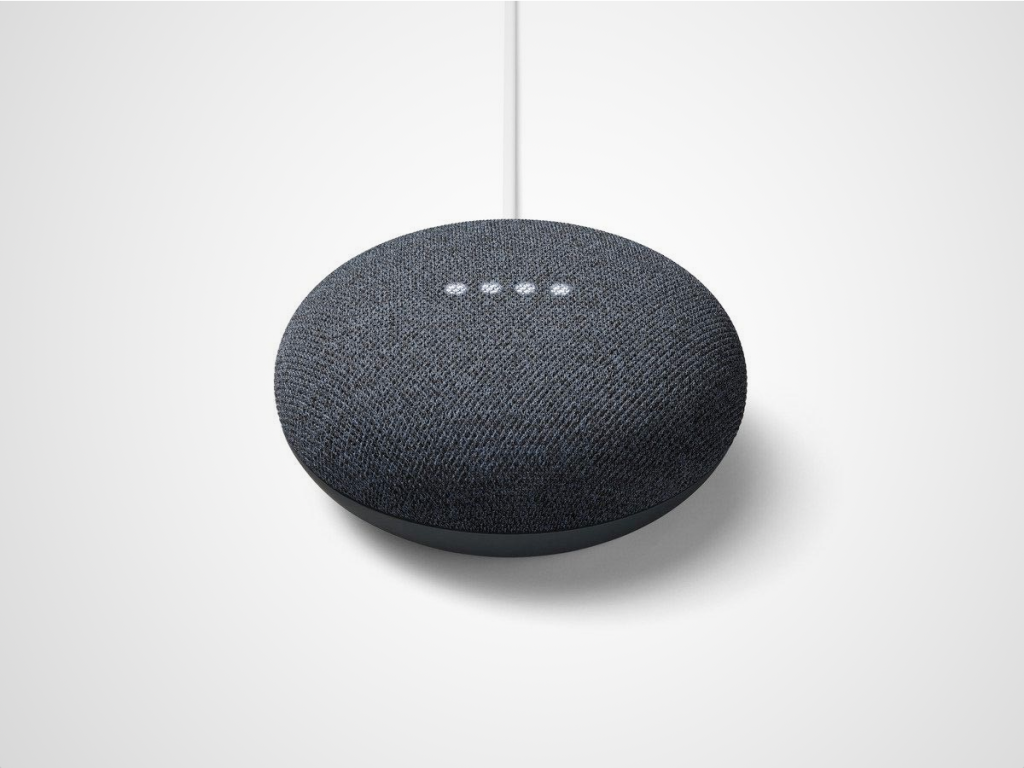
It uses a single 40mm, 1.5in, driver. Booming bass is out of the question, but it’s not bad for speech radio. Keep an eye out for sales of the Nest Mini because, just like Amazon’s Echo speakers, it can often be found at under half price.
The standard Google Nest Audio is the step up option. It’s an upright speaker, 17.5cm tall. If anything it’s probably a bit less good-looking than the Mini, but the shallow depth make it perfect positioning on a shelf. And, of course, it sounds a lot fuller.
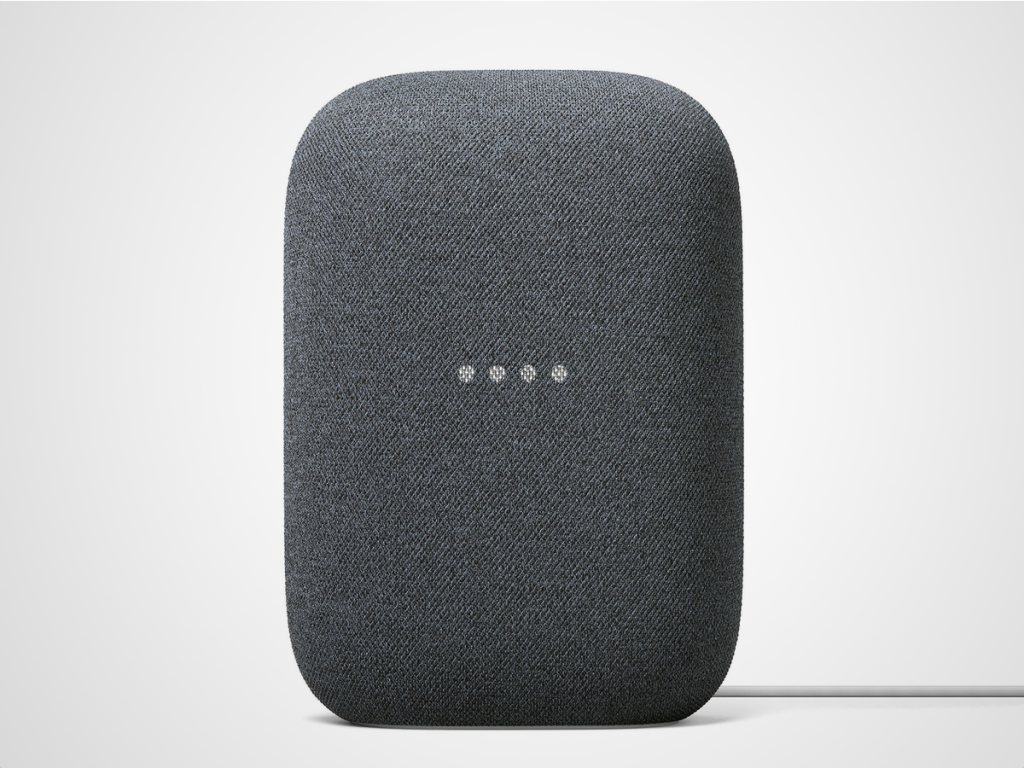
A Nest has a 75mm main driver and a 19mm tweeter, not dissimilar to a classic bookshelf speaker. However, we don’t think it’s the best “Google Home” speaker you can get, and the sound is a little mid-range—focused.
Smart displays
The next step is to consider the smart display. This does everything a smart speaker can do, but also has a screen attached.
Even the most basic uses of this may justify the display for some. It’s a clock, a way to see weather forecasts. It can show notifications, offer touchscreen music/audio controls. And you can send video from apps like Netflix to the screen using Google’s Cast feature.
Google only makes two smart displays, keeping things simple just as it does with smart speakers.
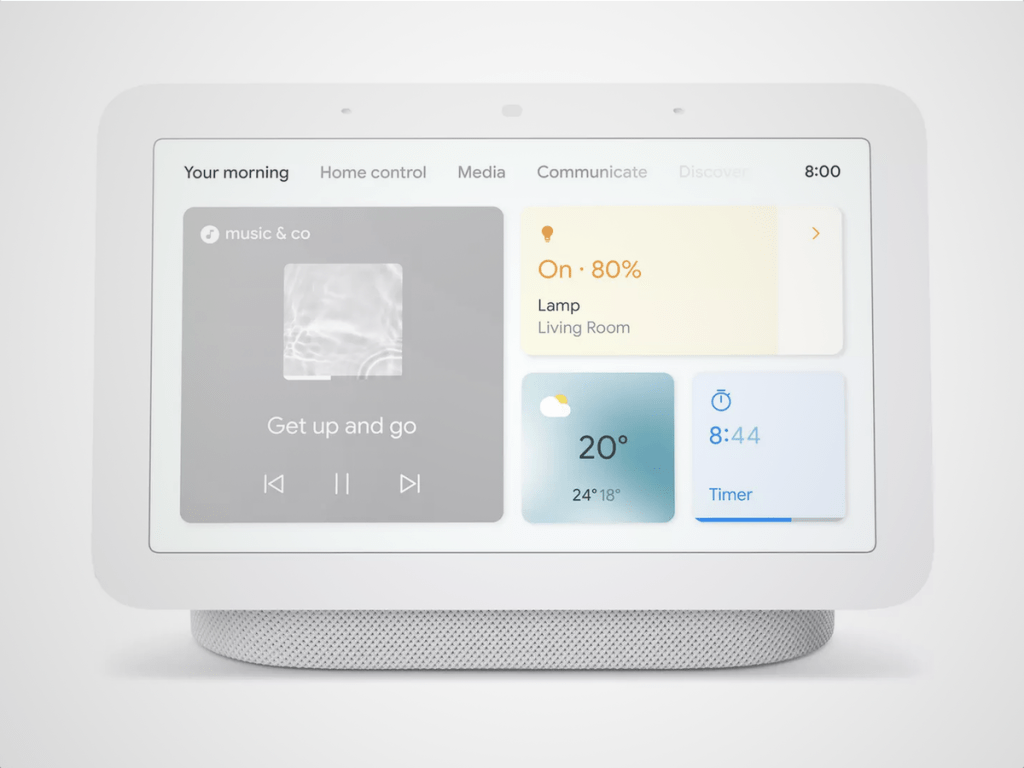
The standard Nest Hub (2nd gen) is the budget buy. It has a 7-inch touchscreen with a relatively low resolution of 1024 x 600 pixels. However, it doesn’t matter quite as much as it would in a tablet, where you look at the screen 100% of the time.
Its sound quality sits somewhere between the Nest Mini and the Nest Audio, as it uses a single 45mm driver. Not terrible, not great.
The step up to the Nest Hub Max is a big one, in more than just the one sense. It’s more than double the price. It has a larger 10-inch 1280 x 800 pixel display and much more powerful sound.
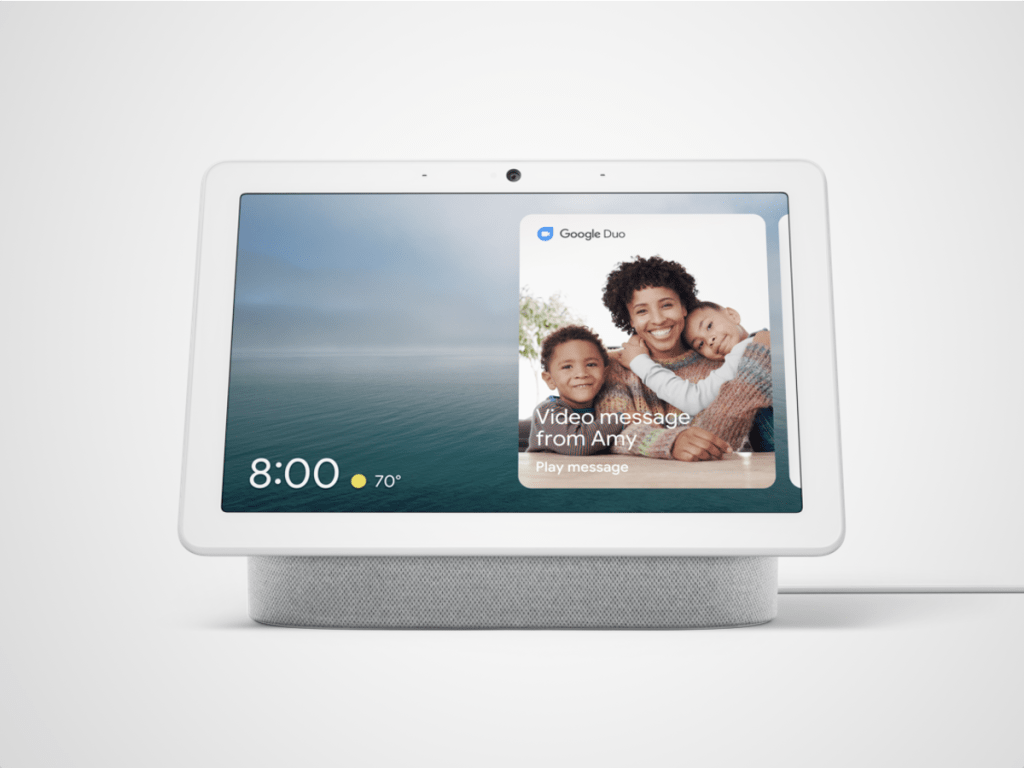
Google’s Max has two tweeters and a larger 75mm woofer. It’s an array similar to that of the Nest Audio, but with an extra higher-frequency driver to make the sound stereo rather than mono.
The camera might be the most significant difference between the two smart displays, though. A 6.5-megapixel camera sits above the Nest Hub Max’s screen.
It’s here for video chat, and uses a high-res sensor so the camera view can crop in and pan as you move around the room, or further away from the Nest Hub Max.
A family of accessories, official and otherwise
We’ve now covered the Google Home essentials. Kit your home out with a smart speaker or two, maybe a smart display for the kitchen, and you have the base for a great smart home setup.
Thousands of accessories work with the Google Home platform. Go wild. However, there is a lot more to the first-party Home line-up if you want to keep stuff in-house.
Google makes three Home cameras under the Nest banner. There’s the standard Nest Cam for indoors use, a battery-powered one with weather resistance primed for outdoors use. And a top-end Nest Cam with a floodlight attached, to act as a light form of home security.
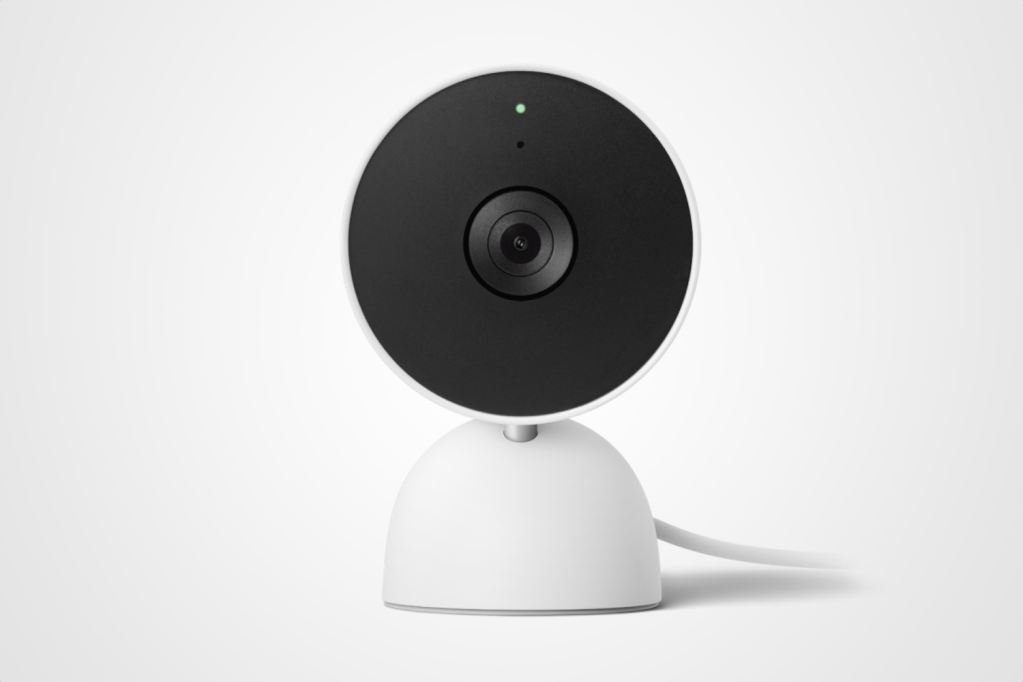
All three have night vision and can record at up to 1080p resolution. To get the full functionality you have to pay for a Nest Aware subscription, though. It costs £5 a month for 30-day video event recall, while Aware Plus (£10/month) bumps that to 60 days and lets you scan through the last 10 days of live video. That must use a lot of cloud storage.
Google makes wired and battery-powered smart doorbells too, both simply called Nest Doorbell. One of these will slot in brilliantly with a smart display, letting you see who is at the door without taking your phone out.
Check out our main guide to Nest devices: Which Google Nest smart device should you choose?



